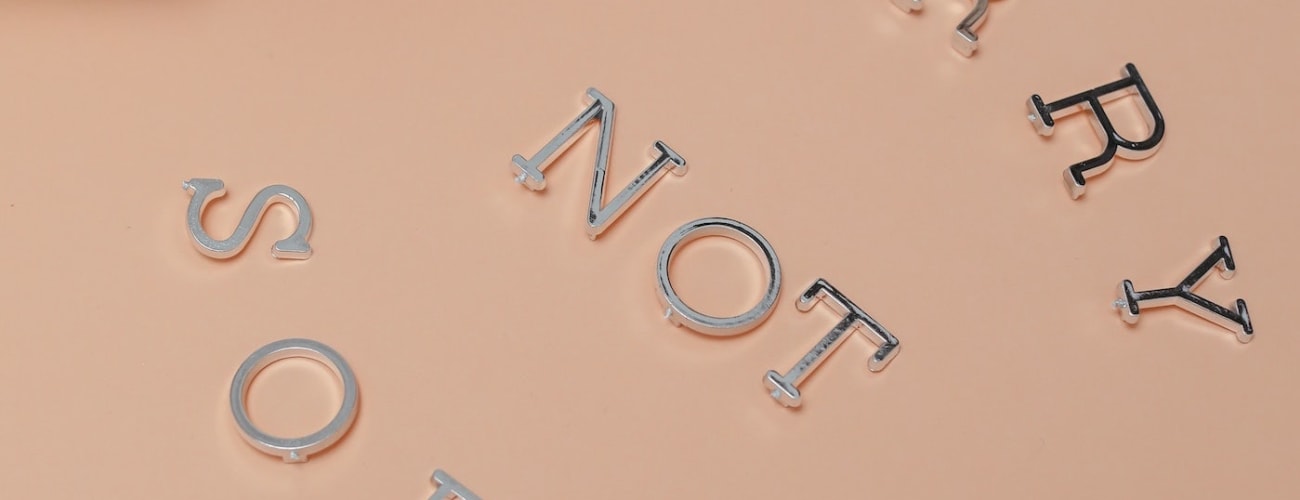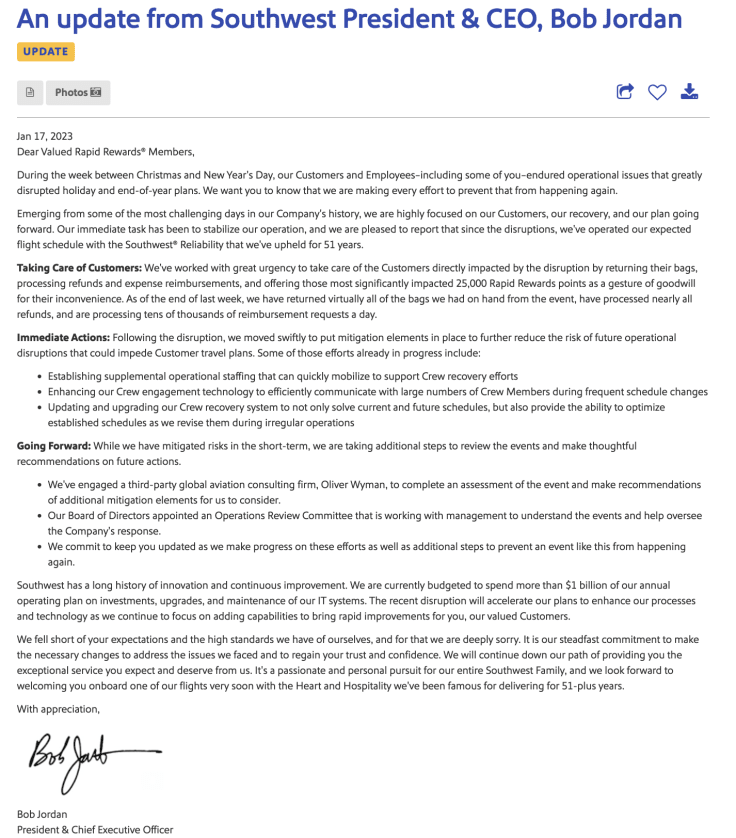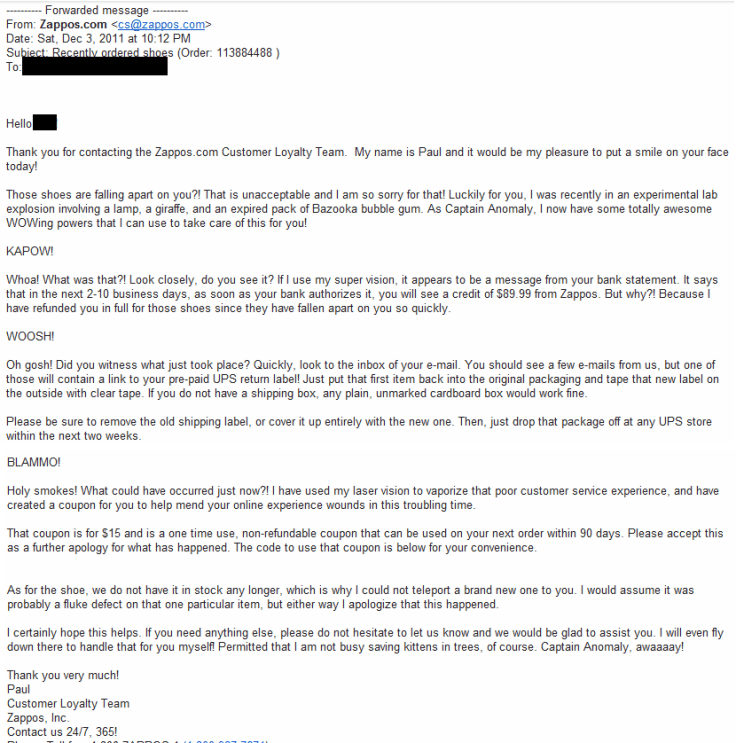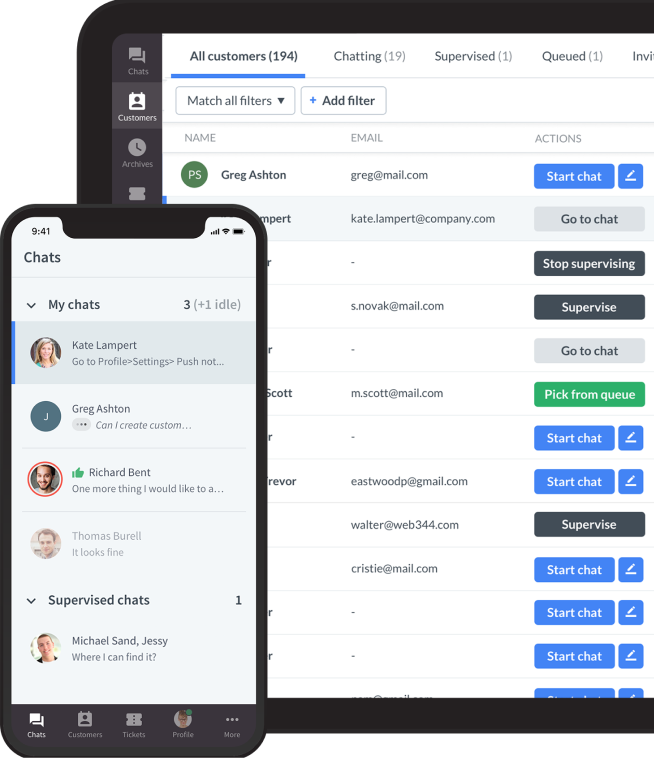Showing top 0 results 0 results found
Showing top 0 results 0 results found

When getting customer service help, how often do you hear the phrase "Sorry for the inconvenience"? Does it make you feel better and more relaxed, or do you get even more frustrated? The latter, I'd say.
"Sorry for the inconvenience" lacks an authentic feel and comes across as insincere or formulaic. Repeating it might make customers feel like another transaction rather than valued individuals. And that's where a genuine apology steps in like a superhero, cape and all. I'm talking about the kind of "My bad" that goes beyond words and shows customers you're not just pushing them through a robotic script.
A sincere apology isn't just a "nice to have" in customer service interactions. It's like the secret sauce that turns a sour situation into a thumbs-up moment. Forget "Sorry for the inconvenience" and learn to sincerely apologize and express regret in a way that turns unhappy customers into satisfied ones.
Sorry for the inconvenience meaning
Using the "Sorry for the inconvenience" phrase and nothing else makes you look like you don’t care; you just say what is supposed to be said. And that's the biggest trigger for customers. Because it's not like they're interested in your overall performance, the tools you use, and how well you shift between the chats (maybe a little, but not to the point you might think).
They care about the feelings, the impressions, and the memories that come from being well or poorly served. They also care about the result of the interaction.
So, when you use a phrase that lacks the personal touch and empathy and makes you look like you want to go home instead of helping them, that's when customers see red.
Here's why you should ditch "Sorry for the inconvenience" once and for all:
- Generic apology syndrome: Think of "Sorry for the inconvenience" as a default melody – it's familiar, but it might not resonate. It can sound robotic and lacking in genuine emotion, leaving customers feeling like they're getting a one-size-fits-all response.
- It lacks specificity: Just as a painting with broad brush strokes might lack detail, this phrase lacks specificity. It doesn't show that you understand the unique frustration your customer is facing, which can make the apology feel less sincere.
- Missed opportunity for connection: Using a different instrument can change the mood of a song. Similarly, a different apology can change the perspective of your interaction. "Sorry for the inconvenience" doesn't offer much room for a personal connection, does it?
Customers expect more, and you can enhance those relationships when you apologize unreservedly and mean it. Just as a catchy chorus sticks in your head, a heartfelt apology sticks in your customers' minds. It can turn a negative experience into a positive one and increase overall customer satisfaction.
What is considered a sincere apology?
Let me show you what makes for sincere apologies. Including these elements in your apologies make all the difference:
- Rescue time: Respond promptly to customer complaints or issues as soon as you're aware of the problem. Don your superhero cape and tell them you'll wave that magic wand and fix things up – they'll love your positive attitude.
- Become a personalization pro: Tailor your apology to the specific situation the customer is facing. Get more personal, as if you're talking with someone you know and don't hold yourself back in communication just because you're at work. It has to go along with your company's tone of voice. Acknowledge the exact hiccup they're facing – it shows you're paying attention and care about their unique situation.
- Show empathy: Put yourself in their shoes and show that you get how frustrating the situation is.
- Don't minimize the problem: Acknowledging people's feelings calms them down. Show genuine concern and let them know you understand the inconvenience caused by the situation.
- Step up and own it: There's no shame in admitting it's your bad. Explain why the blunder happened and take responsibility. It shows you're not passing the buck.
- Resolution: Offer a simple solution or steps to resolve the issue quickly. Make it clear how you plan to rectify the situation.
- Future-proof mode: Even if it was a minor inconvenience, outline the steps you're taking to ensure that similar inconveniences won't happen again.
Remember, the goal is to convey genuine regret and commit to making things right. A sincere and thoughtful apology can go a long way in maintaining positive customer relationships.
How to apologize - phrases to use instead of "Sorry for the inconvenience"
So, what can you say instead of "Sorry for the inconvenience"? Here are a couple of sentences you can implement into your customer service routine:
- We're really sorry this happened, and we understand the frustration it's causing you.
- Oops, our bad! We're on it to fix things and make it up to you.
- We're genuinely sorry for the hiccup and understand how frustrating it can be. We're here to turn things around for you.
- Oh no, we dropped the ball on this one. We're stepping up to make things better.
Ensuring customers it won't happen again:
- Just wanted to say we're learning from this. Your feedback is super important, and we're making changes to avoid this in the future.
- By the way, we're totally learning from this. Your feedback means a ton, and we're putting things in place to keep this from happening down the road. We're all about stepping up and giving you the awesome experience you deserve.
- Just a heads-up: we're treating this as a learning curve. Your feedback means the world, and we're making changes to keep this from happening again. We're all about making your experience awesome.
More formal alternative:
- Accept our apologies for any bumps in the road. We're committed to smoothing them out and ensuring your experience is top-notch.
- We're sorry this happened, and we want to make amends. Your satisfaction is our goal, and we're dedicated to achieving it.
- Please accept our sincere apologies for any trouble this has caused. We're here to make it right.
Each of these alternatives aims to show genuine concern, empathy, and a commitment to resolving the issue – ingredients that can transform a routine apology into a meaningful connection.
Great examples of apology letters from companies
1. JetBlue
The Denver fiasco from a few years back offers a noteworthy blueprint courtesy of JetBlue's founder and former CEO, David Neeleman. When the airline left passengers stranded on the tarmac for eleven hours in February, a wave of reputation-denting outrage ensued.
Neeleman didn't miss a beat. He promptly assumed complete responsibility, penned a "first-person singular" letter of apology in USA Today, and made the rounds on numerous talk shows. But it didn't stop at mea culpas – he spotlighted the valuable lessons learned and the concrete measures to prevent future repeats.

2. Southwest Airlines
Similar to JetBlue, Southwest Airlines is recognized for its customer-centric approach. Their apology letters are empathetic, concise, and focused on resolving customer concerns.
In 2022, Southwest Airlines faced a travel fiasco over the holidays, where thousands of flights were canceled or delayed. In a letter to Rapid Rewards members, President and CEO Bob Jordan outlined steps his company is taking to ensure travel does not become a nightmare.

3. Zappos
Zappos, an online shoe and clothing retailer, is known for its outstanding customer service. Their apology letters are personal and empathetic and often include a touch of their company's friendly and personable brand voice.
Look at this apology email to a customer who ordered a pair of shoes that fell apart. The response is gold, and while many customer service agents out there might have been fired for being "unprofessional" for sending an email like this, I think this message makes Zappos unique and loved by so many.

Apology email template to address customer complaints
I could give you many more examples of apology emails and messages, but instead, I want to leave you with a basic apology letter template. It includes everything you should mention if you want your customers to feel better.
Remember to tailor the template to your specific situation, add personal touches, and ensure the tone and content match your company's style and the nature of the issue.
Dear [Customer's Name],
I wanted to personally reach out to you regarding the recent issue you experienced with [briefly describe the situation or problem]. First and foremost, I want to express our sincerest apologies for any inconvenience or frustration this may have caused you.
At [Your Company Name], we take great pride in delivering exceptional [product/service] and ensuring the best possible experience for our valued customers. We deeply regret that we fell short of meeting your expectations this time.
Please know that we are taking this matter seriously and are actively working to address and resolve the issue. Our team is committed to [explain the steps you are taking to rectify the situation and prevent it from happening again].
We understand your time is valuable, and we truly appreciate your patience and understanding as we work to make things right. Your satisfaction is our top priority, and we are dedicated to ensuring that your future interactions with us are nothing short of excellent.
As a token of our apology, we would like to [mention any compensation or gesture you might be offering, if applicable].
If you have any further concerns or questions, please do not hesitate to reach out to us at [customer service contact information]. Our team is here to assist you in any way we can.
Once again, I apologize for the inconvenience this has caused and appreciate your understanding and continued support of [Your Company Name]. Thank you for giving us the opportunity to address this matter and improve our services.
Sincerely,
[Your Name]
[Your Title/Position]
[Your Contact Information]
Did you like this template? You might also find this useful: Creative Examples to Say Thank You for Your Order
Note to all the bosses - teach your customer service team that it's right to be wrong
On a final note, let's mention the most important thing: teaching a customer service team that it's okay to make mistakes. It's the only way they'll feel comfortable apologizing to customers. And to do so, they need an example from the top. So, whenever someone messes up, how it's handled inside the company sets the tone for future relations between the customers and the customer service agents themselves.
Here's the example that you want to set to your team if you want your agents to admit mistakes to customers in the future and nurture customer relationships:
It's okay to be wrong
Nobody's perfect. We're all human, meaning slip-ups are part of the game. Whether it's delivering poor service, missing a deadline, or forgetting to follow up – it happens. And that's totally okay.
Owning the oops
When the oops moment strikes, own it like a boss. Admit the mistake and take responsibility. Customers appreciate honesty more than we realize. So, if we're late in delivering, we apologize sincerely and let them know we're on it, working to fix things in a timely manner.
More customers through honesty
Owning mistakes can bring in more customers. Why? Because being upfront and real creates genuine connections. People like doing business with real people, not robots. When we admit our missteps, customers see that we're human and that authenticity can build trust like nothing else.
Avoid unnecessary apologies
Not every situation calls for an apology. Sometimes, we might think we messed up, but the customer doesn't see it that way. Sending an unnecessary apology makes things weird. So, use your judgment – if it's not a big deal, don't stress.
Serious offense and bad news
What about when things go wrong – like, serious offense wrong? In these cases, honesty is our superhero. If we have bad news, don't sugarcoat it. Deliver the news honestly, and explain what we're doing to fix it. Transparency goes a long way in building trust, even in tough situations.
Turning mistakes into wins
Remember, admitting mistakes isn't the end of the world – it's the start of making things right. Learn from the blunders, grow from them, and show our customers that we're not just about smooth sailing. We're about turning a rough patch into a winning moment.
Saying sorry and winning back unhappy customers
Apologies hold incredible power in customer service, where interactions can make or break relationships. Don't shy away from apologizing when things don't go as planned. Instead, use it as a chance to connect on a deeper level. It's a chance to say, "We messed up, but we care enough to make it right."
By stopping the old "Sorry for the inconvenience" routine and choosing heartfelt apologies, you're not just transforming customer experiences – you're elevating your brand and leaving a lasting positive impression.
Get a glimpse into the future of business communication with digital natives.
Get the FREE report








Comments